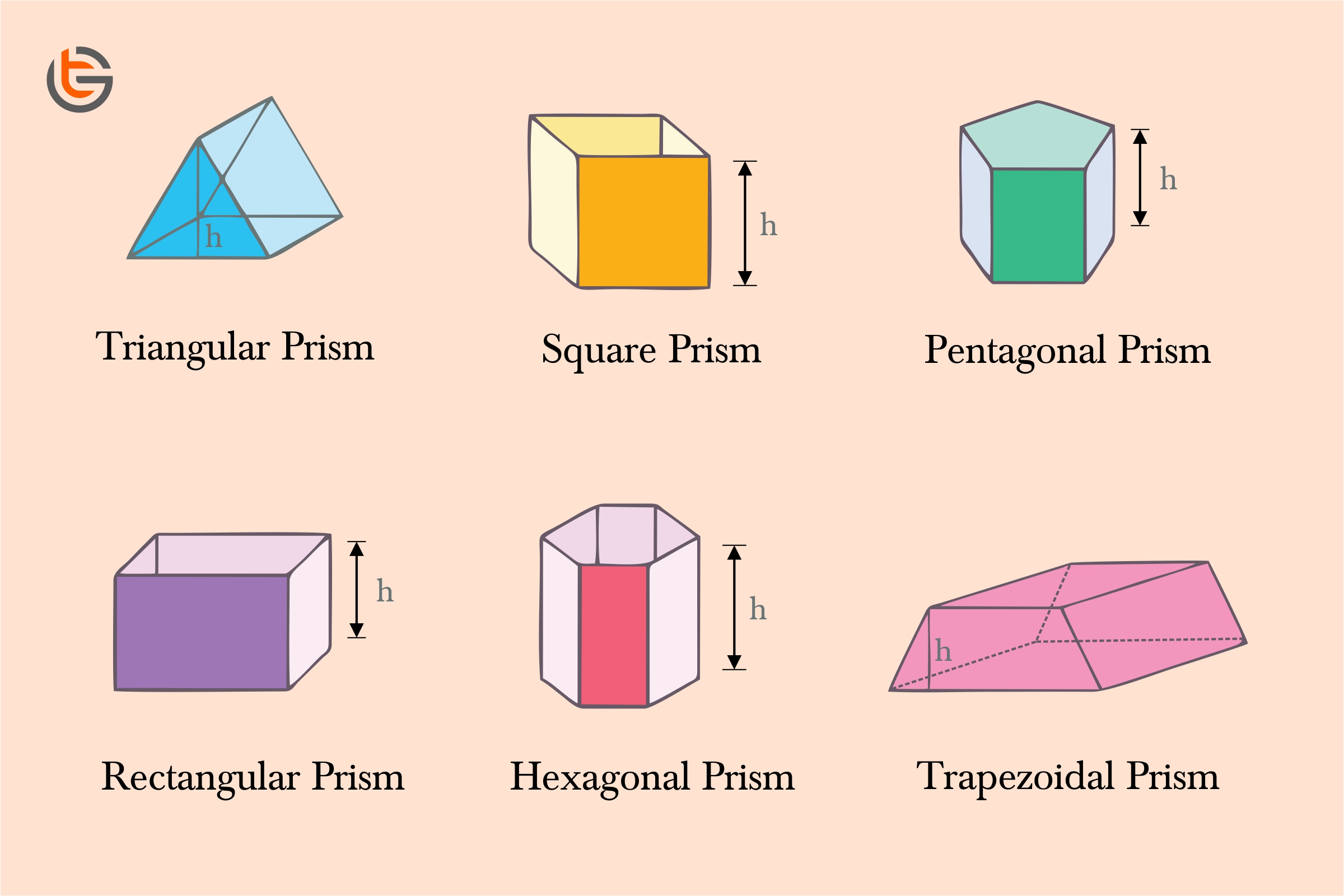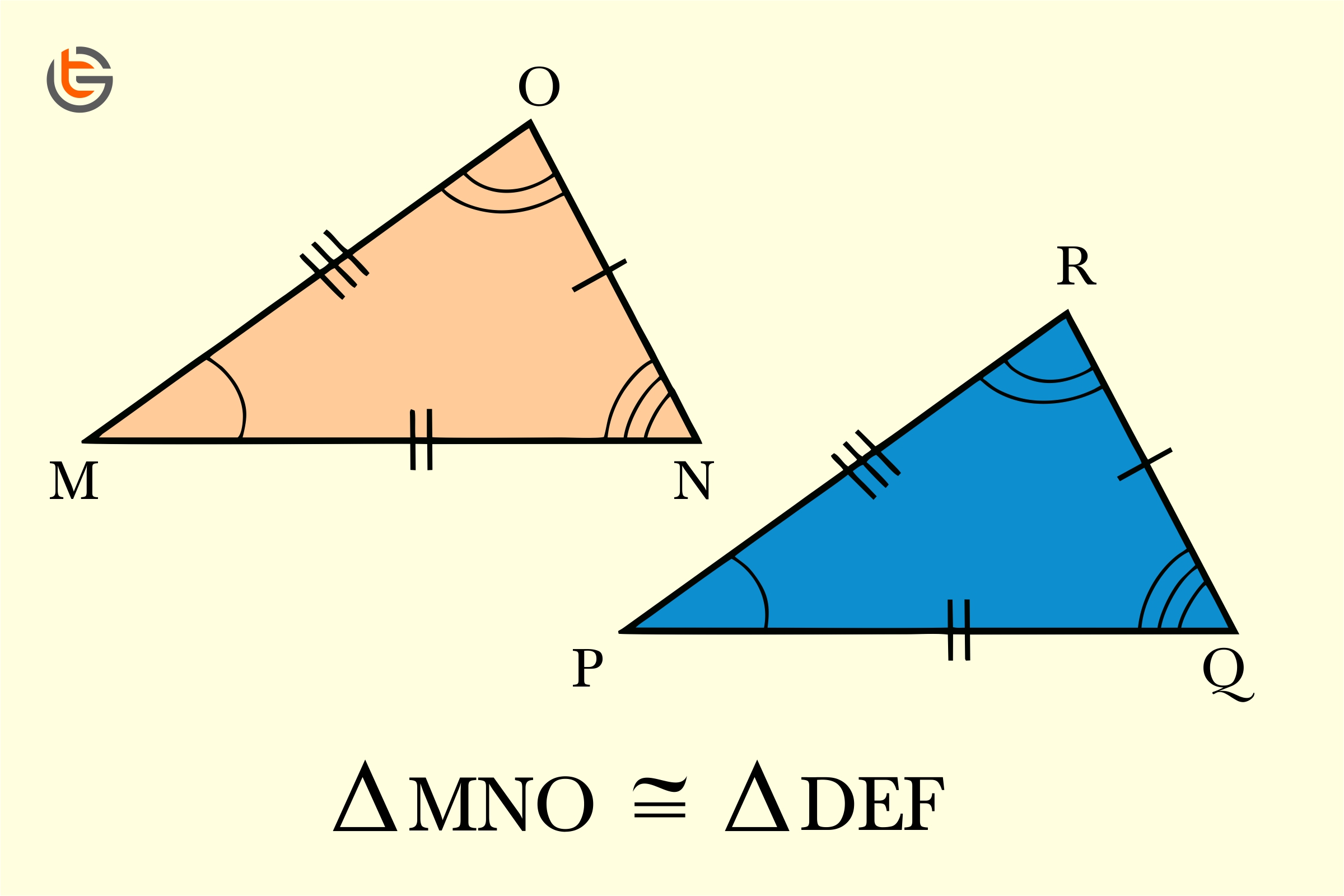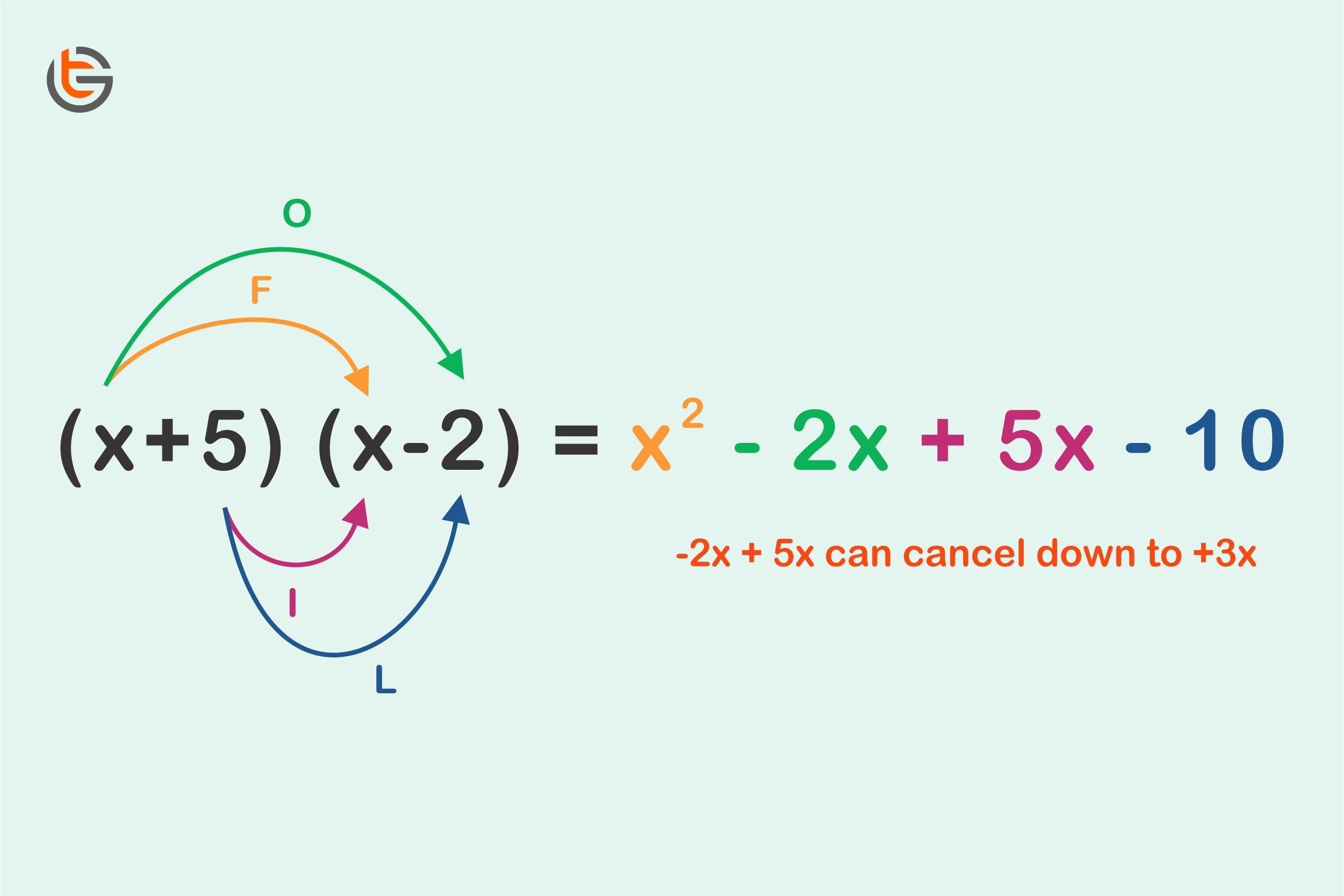Enrich your knowledge with our informative blogs
What is a Prism in Math?

Prism is a 3D (3-dimensional) solid object with identical faces at both ends. It is thus, a combination of identical bases, flat faces along with equal cross-sections. A prism can be of various kinds which are defined based upon the shape of its base which could be a square, rectangle, triangle, or n-sided polygon.
A prism is an important member of the polyhedron family having congruent polygons at the base and top and the others as lateral faces.
Examples of prism
We find examples of Prism in everyday lives such as a fish aquarium, metallic nuts, Camping tents, boxes, tanks etc and many such real life examples in our surroundings.
Types of Prisms
The prisms can be classified based on the type of polygon base or the type of cross-section of the prism or the alignment of identical bases. A prism cannot have a curve. Therefore, a prism can have a defined base only such as a base of triangle, square, rectangle, pentagon and other polygon shapes except for circle or any other circular shape.
Now, what is a difference between a Prism and a Pyramid?
We know that both prism and pyramid are 3-D solids having flat faces and bases. The difference is that a pyramid has only one base while a prism has two identical bases.
Classification based on Type of Polygon base:
Based on the type of polygon base, prisms can be classified into the following:
- Triangular Prism: A prism with bases triangle in shape
- Square Prism: A prism with bases square in shape
- Rectangular prism: A prism with bases rectangle in shape
- Pentagonal Prism: A prism with bases pentagon in shape
- Hexagonal Prisms: A prism with bases hexagon in shape
- Octagonal Prism: A prism with bases octagon in shape
- Trapezoidal Prism: A prism with bases trapezoid in
Classification based on the type of cross section of Prism:
Based on the cross-section of the base, Prisms can be classified into regular and irregular prisms.
- Regular Prism: A regular prism is one with the bases of the prism in the shape of a regular polygon which means all sides are equal.
- Irregular Prism: An irregular prism is one with the bases of the prism in the shape of an irregular polygon. Here the sides of the base are unequal in length.
Classification based on the alignment of identical bases:
Based on the alignment of identical bases, Prisms can be classified into Right & Oblique Prisms.
- Right Prism: In a right prism, all the edges as well as joining faces are at 90 degree to each other or are perpendicular to the base.
- Oblique Prism: An oblique prism is one that appears to be tilted and the two flat ends are not aligned and the side faces are in the shape of parallelograms.
Geometrical formulas to calculate the surface area and volume of the prism.
Lateral Surface Area:
LSA = Base perimeter × height
Total Surface Area:
TSA = Lateral surface area of prism + area of the two bases
= (Base Area x 2) + LSA
Volume:
Volume = Area of Base x height
Read More – Mathematics Questions
View More – Useful links for Your Child’s Development

Unleash the Power of visualization to break tough concepts
Wanna be the next Maths wizard? Discover the new way of learning concepts with real-life Visualization techniques and instant doubt resolutions.
Categories
Recent Posts
- List of the qualities you should look for in your tutors?
- What is the most useful formulas in math?
- Describe the process of eating to defecation of food?
- Difference between the natural and artificial active response by the immunology system.
- Explain the different circle theorems
- How are nerve cells adapted to their function?










